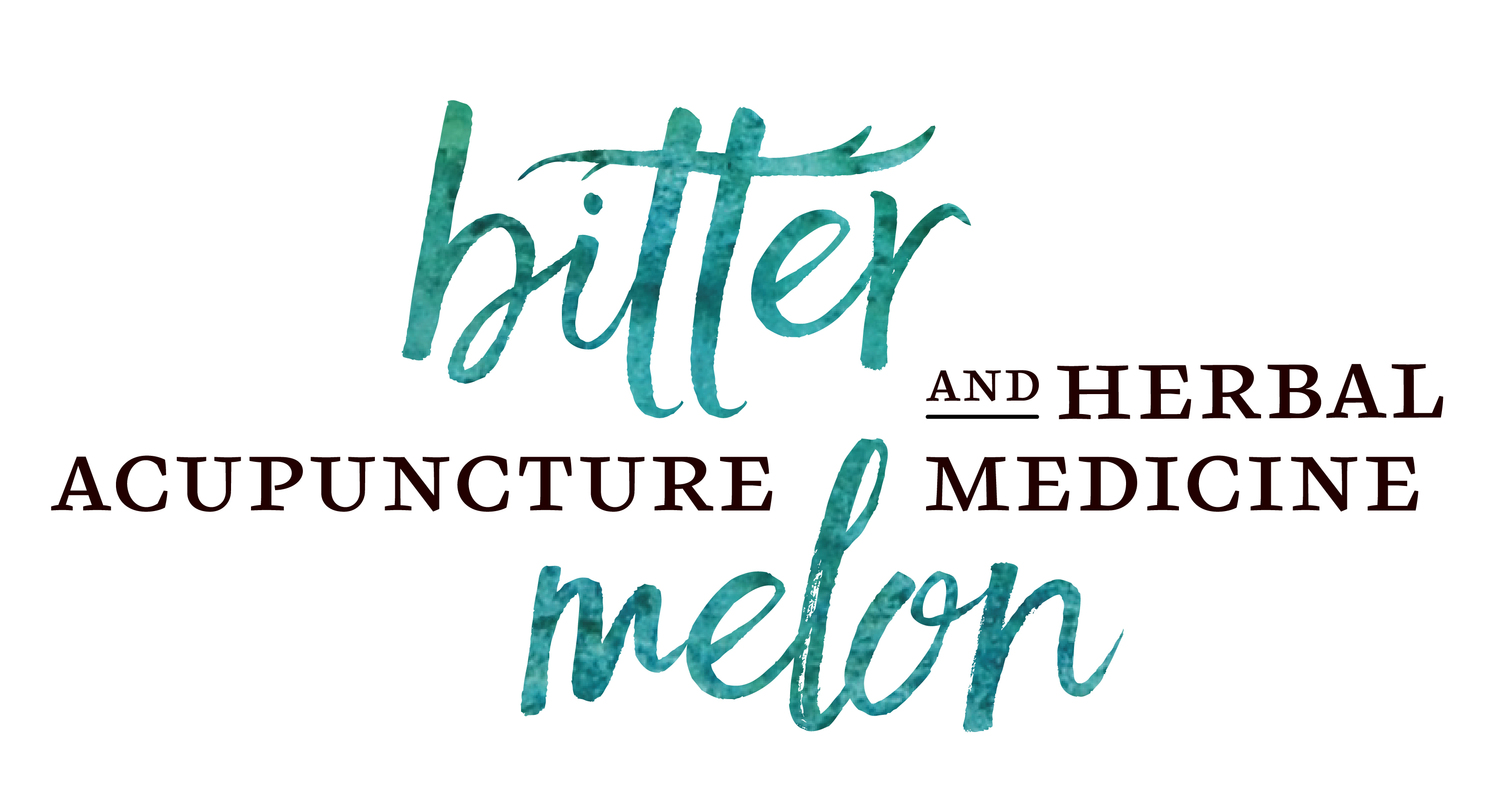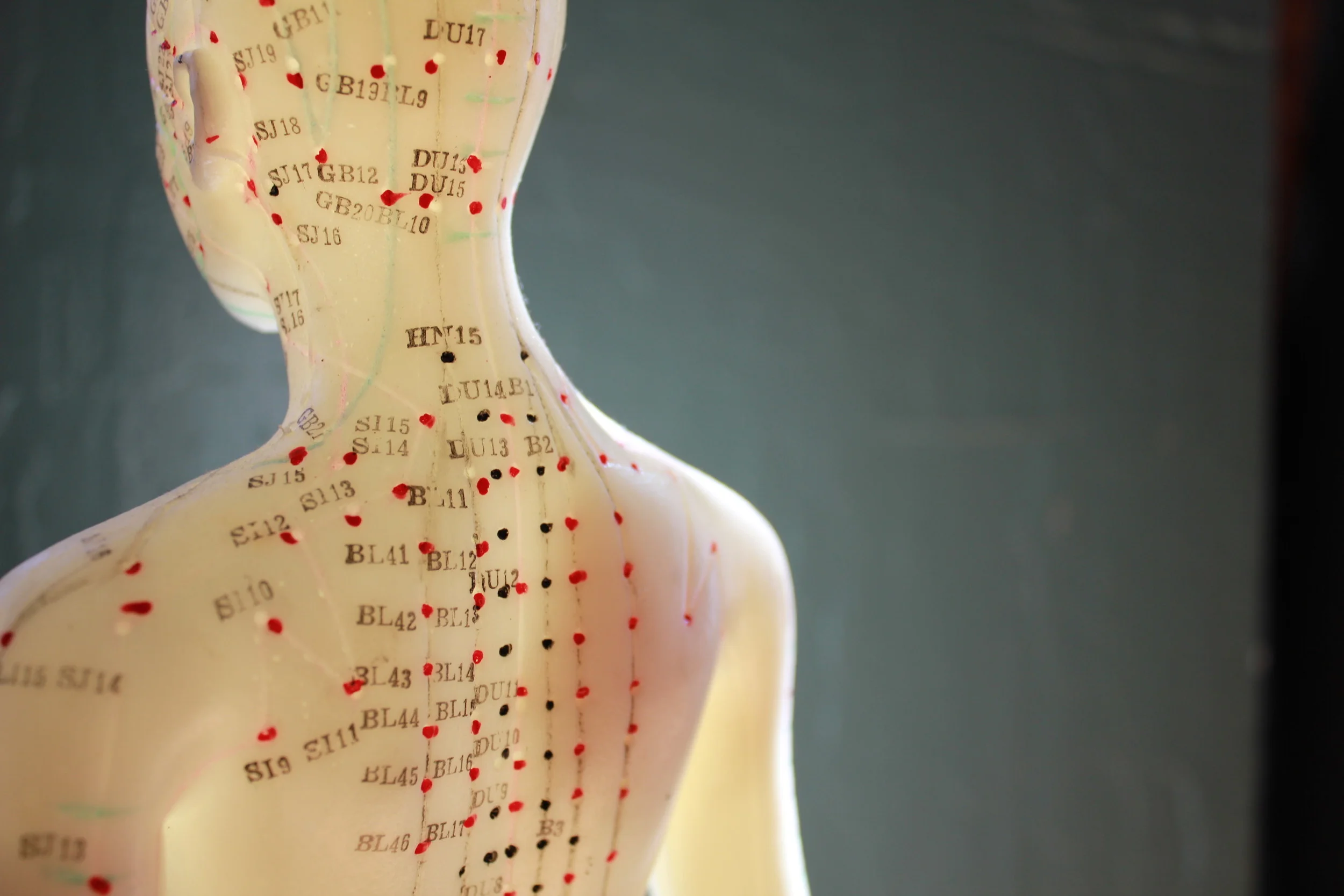“It is by virtue of the twelve channels that human life exists, that disease arises, that human beings can be treated and illness cured. The twelve channels are where the beginners start and the masters end. To beginners it seems easy; the master knows how difficult it is.”
- Spiritual Pivot Chapter 17, quoted in A Manual of Acupuncture
What is Acupuncture?
At its most basic, acupuncture is the insertion of very thin, sterile needles into the skin. The patient might experience a pinching sensation at insertion or nothing at all, possibly followed by feelings of tingling, warmth, pressure or fullness. Some patients may feel these sensations move around the body. Five to fifteen needles are inserted for 25-35 minutes, dependent on the conditions treated.
How does Acupuncture Work?
In Chinese medicine theory, acupuncture points correspond to channels that crisscross the body. These channels move qi, invigorate blood, and tap into our vital essence. By stimulating these channels and unblocking qi stagnation, the body is primed to heal itself. In additional to acupuncture, I also use acupressure, moxibustion, cupping, gua sha, and ear seeds when needed, within the framework of acupuncture channels.
Systems of Acupuncture
I incorporate several systems of diagnosis and treatment, with a special focus on diagnosis by palpation and an acupuncture system influenced by the Japanese Master Acupuncturist Kiyoshi Nagano, and Kiiko Matsumoto
Modern Research
There are tens of thousands of scientific research articles published in English alone on Chinese medicine, including randomized controlled experiments and studies using functional imaging methods such as MRIs. Some propose that acupuncture regulates the nervous system. Other studies examine how acupuncture alters the body’s biochemistry and the release of neurotransmitters and hormones. However, this is an area where the “Western” or biomedical system of medicine is playing catch-up in trying to understand how acupuncture works.

